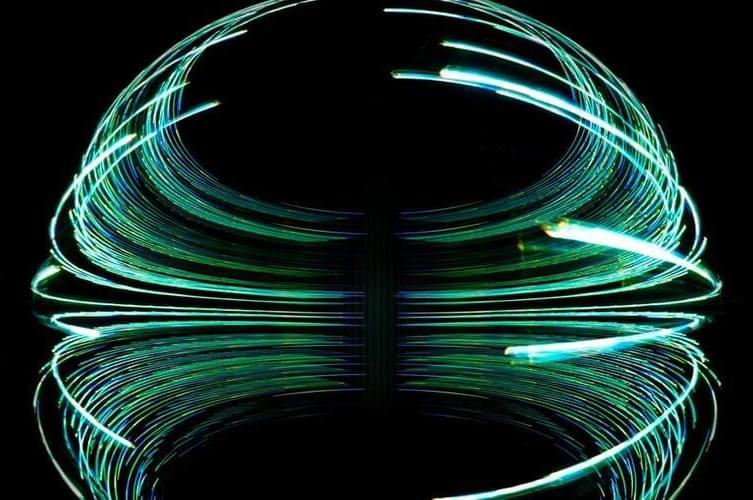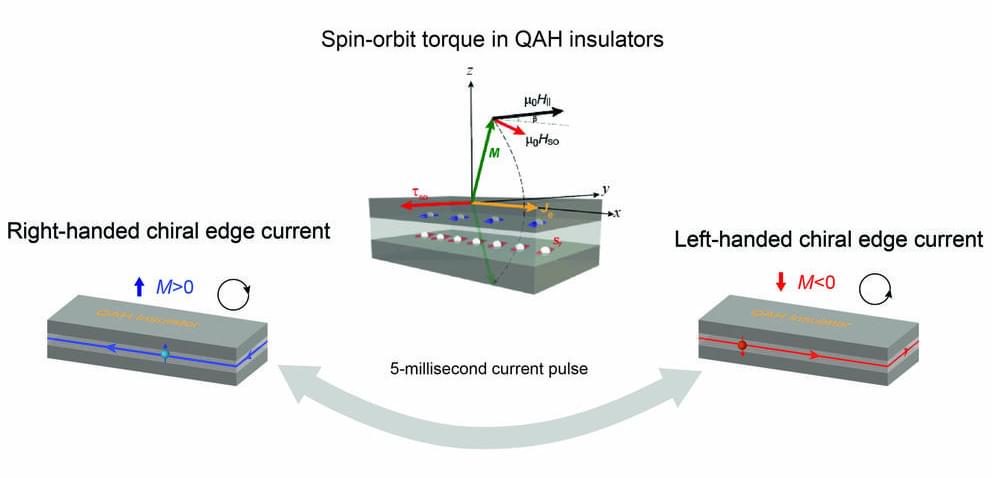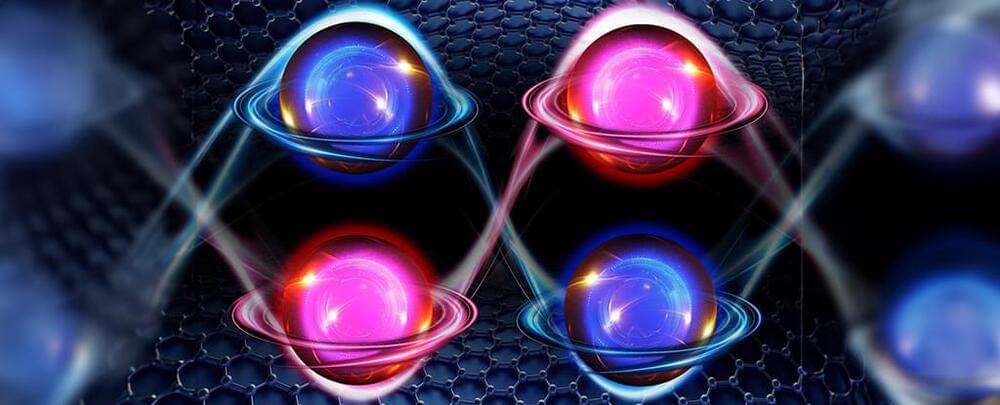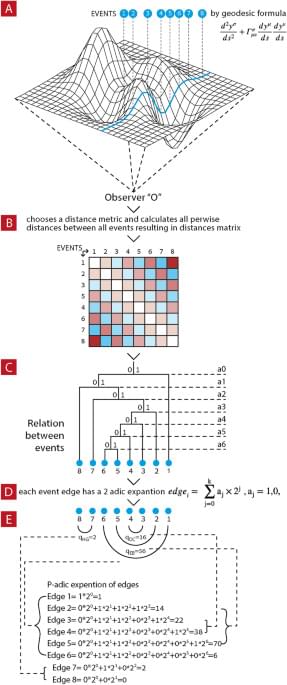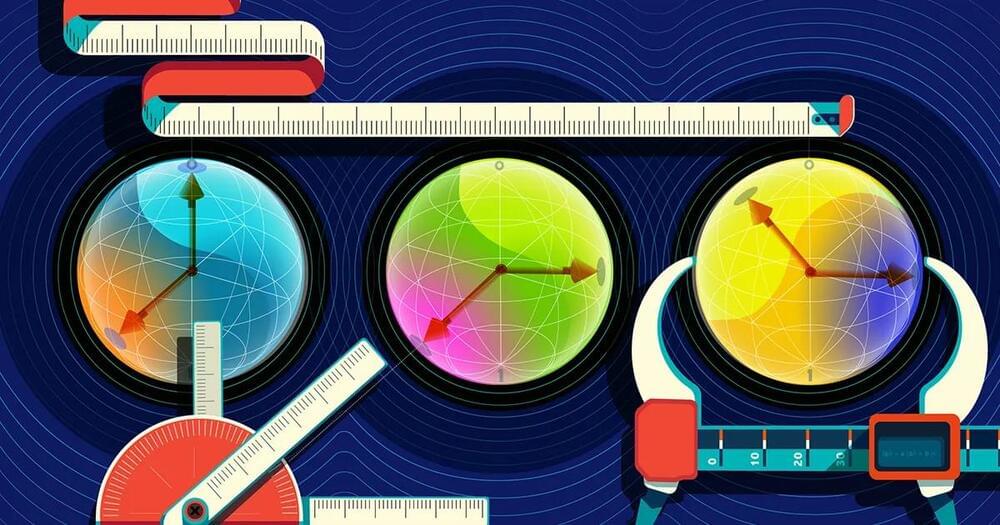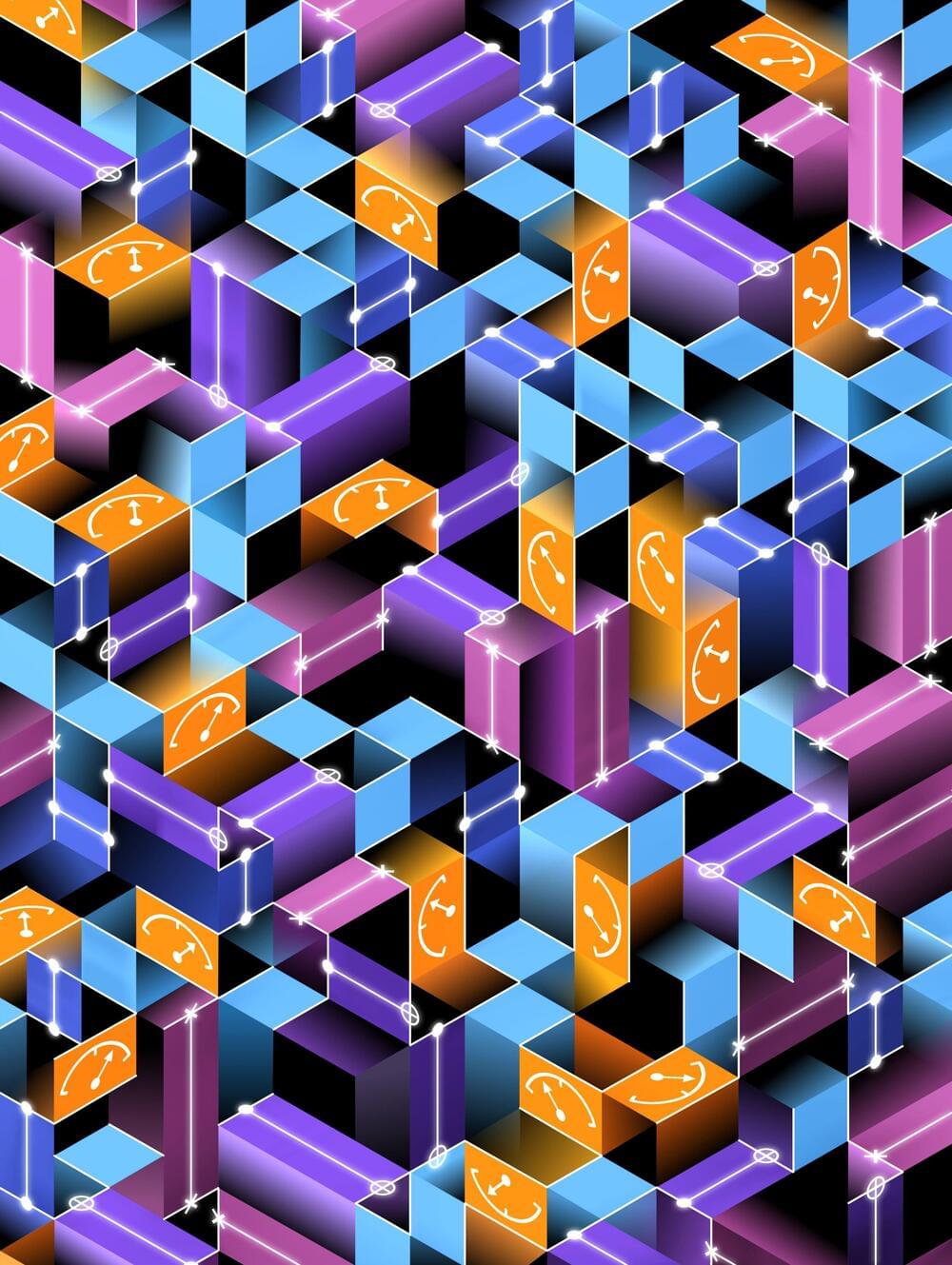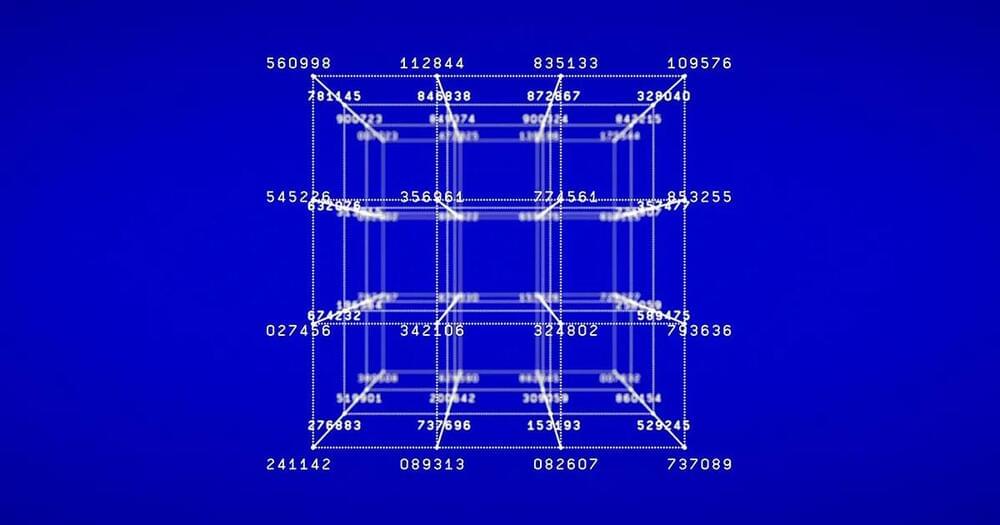Archive for the ‘quantum physics’ category: Page 167
Oct 20, 2023
Researchers Used Quantum Effects To Drive Engine Pistons
Posted by Jose Ruben Rodriguez Fuentes in categories: bitcoin, cryptocurrencies, quantum physics
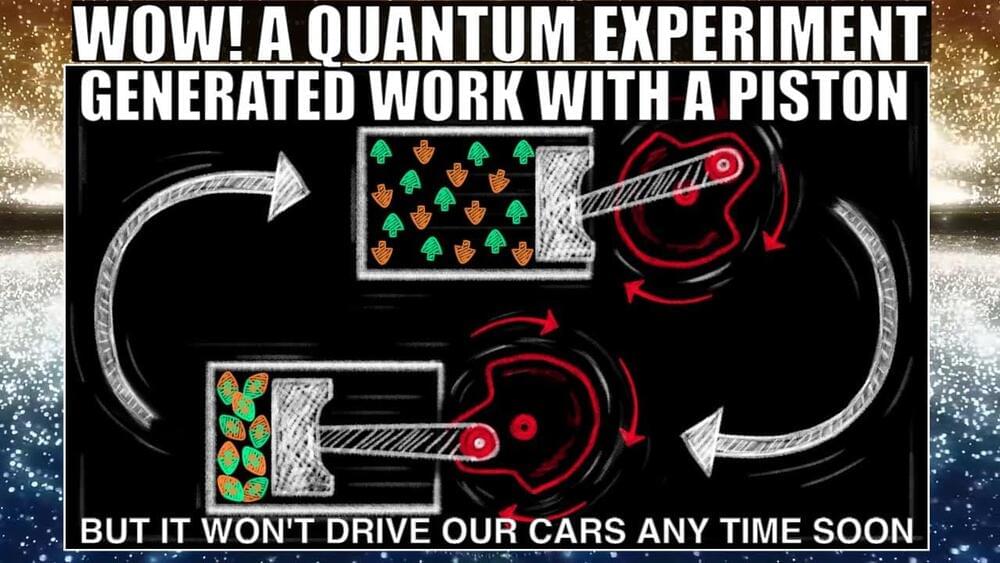
Get a Wonderful Person Tee: https://teespring.com/stores/whatdamath.
More cool designs are on Amazon: https://amzn.to/3wDGy2i.
Alternatively, PayPal donations can be sent here: http://paypal.me/whatdamath.
Hello and welcome! My name is Anton and in this video, we will talk about a study that potentially created the world’s first quantum piston engine.
Links:
https://www.nature.com/articles/s41586-023-06469-8
https://www.oist.jp/news-center/news/2023/9/28/powering-quan…es-horizon.
#quantum #engine #breakthrough.
Continue reading “Researchers Used Quantum Effects To Drive Engine Pistons” »
Oct 20, 2023
Electrical control of quantum phenomenon could improve future electronic devices
Posted by Paul Battista in categories: computing, quantum physics
A new electrical method to conveniently change the direction of electron flow in some quantum materials could have implications for the development of next-generation electronic devices and quantum computers.
A team of researchers from Penn State developed and demonstrated the method in materials that exhibit the quantum anomalous Hall (QAH) effect—a phenomenon in which the flow of electrons along the edge of a material does not lose energy. The team described the work in a paper in the journal Nature Materials.
“As electronic devices get smaller and computational demands get larger, it is increasingly important to find ways to improve the efficiency of information transfer, which includes the control of electron flow,” said Cui-Zu Chang, Henry W. Knerr Early Career Professor and associate professor of physics at Penn State and co-corresponding author of the paper. “The QAH effect is promising because there is no energy loss as electrons flow along the edges of materials.”
Oct 20, 2023
Rare Electronic State Discovered When Graphene Stacks Up
Posted by Shailesh Prasad in categories: computing, quantum physics
The super-special material graphene continues to surprise and fascinate scientists, this time revealing a rare electronic state termed ‘ferro-valleytricity’, which occurs when graphene is stacked up in a particular five-layer combination.
When in this new state, the graphene stack exhibits weird and wonderful magnetic and electronic behavior, as reported by researchers from the Massachusetts Institute of Technology (MIT), Harvard University, and the National Institute for Materials Science in Japan.
Using graphene in this way could help in the development of both classical and quantum computers, according to the team, especially in terms of creating data storage solutions that offer large capacities but that also need relatively little energy to run.
Oct 20, 2023
Quantum Breakthrough: Record-Breaking Quantum Teleportation Achieved Over Metropolitan Range
Posted by Paul Battista in categories: internet, quantum physics
Quantum teleportation enables the transfer of quantum information to distant locations through the use of quantum entanglement and classical communication. This concept has been realized in various quantum light systems, ranging from laboratory-based experiments to practical real-world tests. Notably, by utilizing the low-Earth orbit Micius satellite, scientists have successfully teleported quantum information over distances exceeding 1,200 km. However, there hasn’t been a quantum teleportation system yet whose rate can reach the order of Hertz. This hinders future applications of the quantum internet.
In a paper published in Light Science & Application, a team of scientists, led by Prof. Guangcan Guo and Prof. Qiang Zhou from the University of Electronic Science and Technology of China (UESTC) cooperating with Prof. Lixing You from the Shanghai Institute of Microsystem and Information Technology of the Chinese Academy of Sciences, have improved the teleportation rate to 7.1 qubits per second for the first time based on the “No. 1 Metropolitan Quantum Internet of UESTC”.
This presents a new record for the quantum teleportation system over metropolitan range.
Oct 20, 2023
Quantization of events in the event-universe and the emergence of quantum mechanics
Posted by Paul Battista in category: quantum physics
Quantum mechanics (QM) is derived based on a universe composed solely of events, for example, outcomes of observables. Such an event universe is represented by a dendrogram (a finite tree) and in the limit of infinitely many events by the p-adic tree. The trees are endowed with an ultrametric expressing hierarchical relationships between events. All events are coupled through the tree structure. Such a holistic picture of event-processes was formalized within the Dendrographic Hologram Theory (DHT). The present paper is devoted to the emergence of QM from DHT. We used the generalization of the QM-emergence scheme developed by Smolin. Following this scheme, we did not quantize events but rather the differences between them and through analytic derivation arrived at Bohmian mechanics.
Oct 20, 2023
350-Year-Old Theorem Reveals New Properties of Light
Posted by Paul Battista in categories: particle physics, quantum physics, space
Ever since the 17th-century debates between Isaac Newton and Christiaan Huygens about the essence of light, the scientific community has grappled with the question: Is light a wave or a particle — or perhaps, at the quantum level, even both at once? Now, researchers at the Stevens Institute of Technology have revealed a new connection between the two perspectives, using a 350-year-old mechanical theorem — ordinarily used to describe the movement of large, physical objects like pendulums and planets — to explain some of the most complex behaviors of light waves.
The work, led by Xiaofeng Qian, assistant professor of physics at Stevens and reported in the August 17 online issue of Physical Review Research, also proves for the first time that a light wave’s degree of non-quantum entanglement exists in a direct and complementary relationship with its degree of polarization. As one rises, the other falls, enabling the level of entanglement to be inferred directly from the level of polarization, and vice versa. This means that hard-to-measure optical properties such as amplitudes, phases, and correlations – perhaps even those of quantum wave systems – can be deduced from something a lot easier to measure: light intensity.
Oct 20, 2023
The Quest to Quantify Quantumness
Posted by Paul Battista in categories: computing, quantum physics
What makes a quantum computer more powerful than a classical computer? It’s a surprisingly subtle question that physicists are still grappling with, decades into the quantum age.
Oct 20, 2023
Researchers use measurements to generate quantum entanglement and teleportation
Posted by Paul Battista in categories: quantum physics, robotics/AI
Quantum mechanics is full of weird phenomena, but perhaps none as weird as the role measurement plays in the theory. Since a measurement tends to destroy the “quantumness” of a system, it seems to be the mysterious link between the quantum and classical world. And in a large system of quantum bits of information, known as “qubits,” the effect of measurements can induce dramatically new behavior, even driving the emergence of entirely new phases of quantum information.
This happens when two competing effects come to a head: interactions and measurement. In a quantum system, when the qubits interact with one another, their information becomes shared nonlocally in an “entangled state.” But if you measure the system, the entanglement is destroyed. The battle between measurement and interactions leads to two distinct phases: one where interactions dominate and entanglement is widespread, and one where measurements dominate, and entanglement is suppressed.
As reported in the journal Nature, researchers at Google Quantum AI and Stanford University have observed the crossover between these two regimes—known as a “measurement-induced phase transition”—in a system of up to 70 qubits. This is by far the largest system in which measurement-induced effects have been explored.
Oct 20, 2023
Thirty Years Later, a Speed Boost for Quantum Factoring
Posted by Quinn Sena in categories: computing, information science, mathematics, quantum physics, security
As Shor looked for applications for his quantum period-finding algorithm, he rediscovered a previously known but obscure mathematical theorem: For every number, there exists a periodic function whose periods are related to the number’s prime factors. So if there’s a number you want to factor, you can compute the corresponding function and then solve the problem using period finding — “exactly what quantum computers are so good at,” Regev said.
On a classical computer, this would be an agonizingly slow way to factor a large number — slower even than trying every possible factor. But Shor’s method speeds up the process exponentially, making period finding an ideal way to construct a fast quantum factoring algorithm.
Shor’s algorithm was one of a few key early results that transformed quantum computing from an obscure subfield of theoretical computer science to the juggernaut it is today. But putting the algorithm into practice is a daunting task, because quantum computers are notoriously susceptible to errors: In addition to the qubits required to perform their computations, they need many others doing extra work to keep them from failing. A recent paper by Ekerå and the Google researcher Craig Gidney estimates that using Shor’s algorithm to factor a security-standard 2,048-bit number (about 600 digits long) would require a quantum computer with 20 million qubits. Today’s state-of-the-art machines have at most a few hundred.
